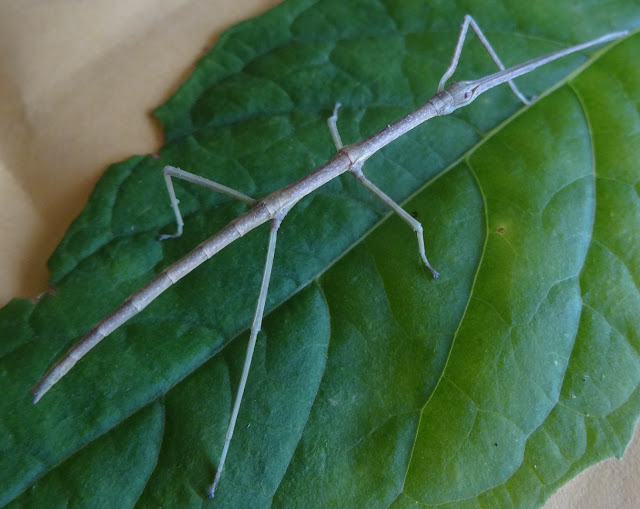Sunflowers have bloomed, and the seeds are ripe. Usually the Chickadees, with their extreme curiosity, are the first to inspect the seedheads. But the Goldfinches are the true connoisseurs of sunflower seeds fresh from the seedhead. I've noticed they usually hang around on a seedhead for quite a while, and use a horizontal leaf as a shelf to help enjoy the treat.
The scientific name of Sunflowers, Helianthus, is from Helia for "sun" and Anthus for "flower".









































